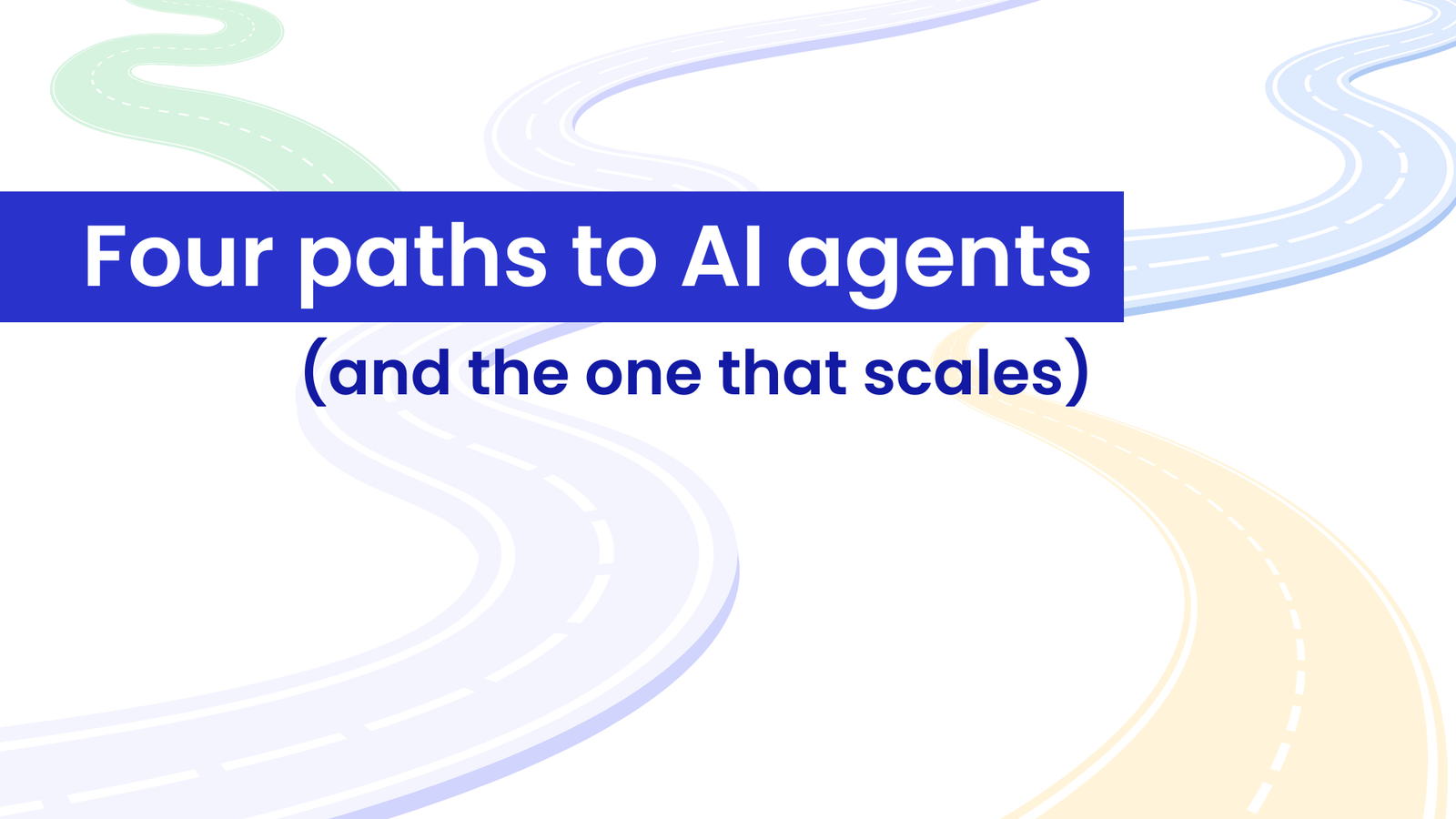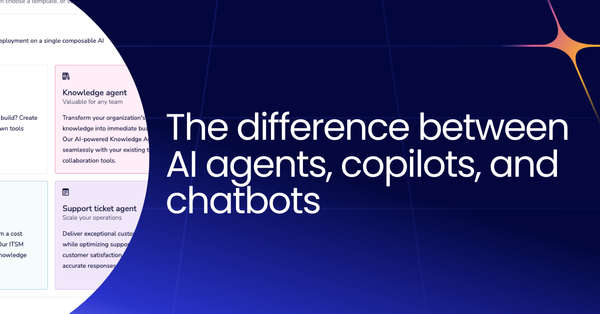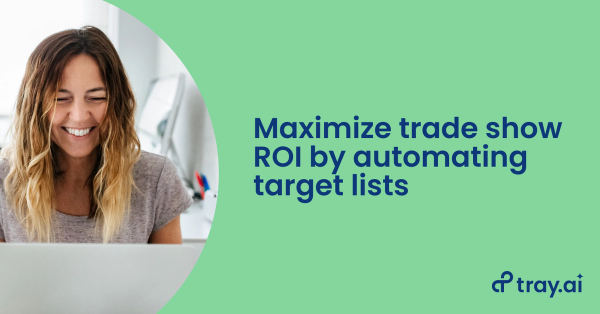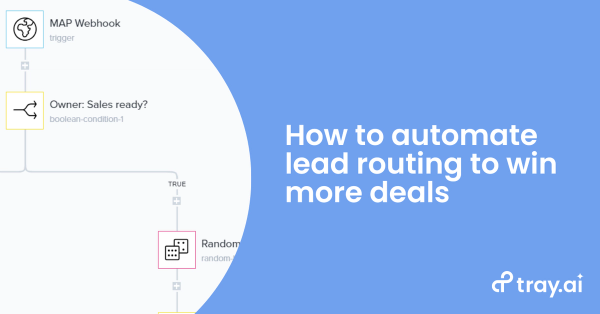This article was originally published by Rich Waldron, Tray.ai co-founder and CEO, on LinkedIn.
If you caught my last post, you know the trap CIOs are facing: becoming AI referees, stuck managing a mess of siloed AI systems across the enterprise. I argued that the way out isn’t more firefighting. It’s unified AI orchestration.
Now, let’s take that a step further. Undoubtedly, the hottest topic in the AI conversation today is AI agents. Everyone’s talking about them like they’re the silver bullet to boost your business. But here’s the thing: most companies don’t even know what they really are, let alone how to deploy them at scale.
I’ve been on calls with CIOs and execs who’ve been handed a mandate to deploy AI agents ASAP. They’re excited, but they’re also lost. And I get it. AI agents sound transformative, but the reality is an iceberg. The hype is just the tip. Beneath the surface is a complex system that can sink you if you’re not careful.
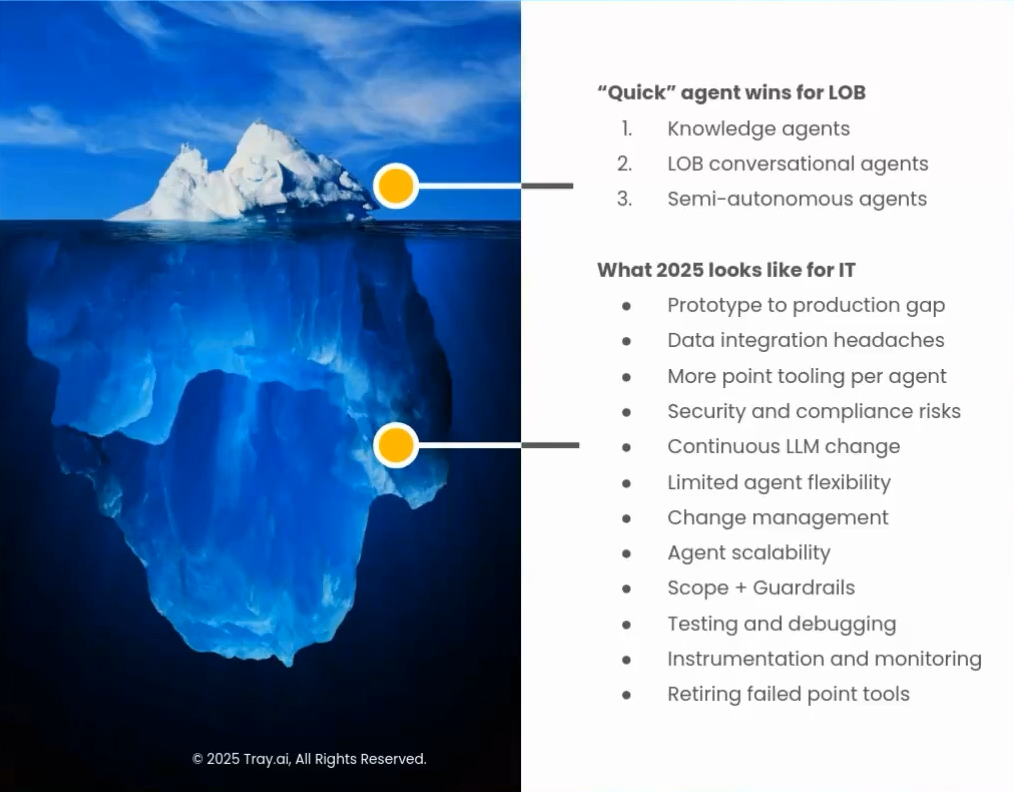
More than two-thirds of organizations expect AI agents to power more than a quarter of their core processes by 2025. At the iceberg’s tip, we see the “quick” wins AI agents offer. Below the surface, we see the how your IT team will be impacted.
Let’s cut through the noise and talk about how to get this right, because if you’re stuck refereeing AI chaos today, piling on agents the wrong way will only make it worse.
Here’s what I’m seeing in the field, and the one path that actually scales.
What are AI agents, really?
Not everything labeled an “AI agent” deserves the title. I see vendors slapping “agent” on anything with a whiff of AI, and it’s muddying the waters. So, let’s clear it up:
What AI agents aren’t:
- Chatbots on steroids → Chatting with ChatGPT or getting canned responses? That’s not an agent. That’s just retrieval AI having a polite conversation.
- Fancy automation → If it’s just juicing up rigid, rule-based workflows, it’s not an agent. It’s a robot with better PR.
What AI agents are:
- Autonomous problem-solvers → They don’t simply follow scripts. They figure out how to tackle challenges.
- Multi-step thinkers → They reason through dynamic paths, not pre-set playbooks.
- Action-takers → They do more than suggest. They take action, backed by well-informed decisions.
For agents to deliver in the enterprise, they need to integrate deeply, act independently, and drive outcomes across your business. Anything less, and you’re just buying another toy for your tech stack to babysit.
Four paths to AI agents (and where they lead)
Every enterprise is going all in on AI agents, but I see four distinct approaches out there. Three will leave you refereeing more chaos. One sets you up to architect real transformation.
- Buy pre-built agents from SaaS vendors
Think Salesforce’s Agentforce: pre-built agents you can deploy fast in your CRM. It’s a quick start, but it’s still tethered to one ecosystem.
- Pros: Fast. Simple. Great for a quick win in one department.
- Cons: Silos galore. These agents are locked into their platforms, don’t play nice with others, and leave you with fragmented decisions. And forget customization. You’re stuck with what the vendor gives you.
Verdict: Fine for a one-off, but if you’re trying to scale enterprise-wide, you’re back to refereeing disconnected AI silos.
2. Build your own from scratch
Got a big engineering team and a bigger budget? Some CIOs go full DIY, crafting agents tailored to their exact specs.
- Pros: Total control. No vendor lock-in. You build what you dream.
- Cons: Good luck getting it done this decade. It’s slow, expensive, and a maintenance nightmare. Every tweak or new agent means starting over. And scaling is near-impossible.
Verdict: It’s a flex, but it’ll drain your resources and patience. Most never get past the prototype.
3. Use a domain-specific agent builder
These are platforms offering agent-building frameworks for specific niches. Think marketing or finance tools with some AI capabilities.
- Pros: Faster than building from scratch, more flexible than pre-built.
- Cons: Still siloed. They don’t talk across your enterprise, and you’re juggling yet another tool that needs IT to prop it up. No orchestration, just more complexity.
Verdict: A step up, but you’re still stitching together a fragmented stack (and dealing with the gaps).
4. Leverage an AI-ready iPaaS (the one that scales)
Here’s where it clicks. With an AI-ready iPaaS (like Tray.ai) you do more than just deploy agents. You orchestrate them.
- Pros: Breaks down silos by connecting agents across platforms. Ties into your data and workflows. Keeps governance and security tight. Adapts as AI evolves, no rip-and-replace required.
- Cons: Requires upfront planning, but that’s what makes it work.
Verdict: This is the play for CIOs who want to stop refereeing and start leading. You get scalable, unified AI that drives outcomes, not headaches.
The stakes are high. Choose your path wisely.
AI agents can reshape your enterprise, but only if you deploy them right. Pick the wrong path, and you’re stuck refereeing, buried under a pile of siloed decisions, runaway costs, and missed opportunities. Pick the right one, and you’re architecting a future-proof business.
At Tray.ai, we’re betting on orchestration. It’s the only way I see CIOs turning AI from a fragmented mess into a unified force. Our “State of AI Agent Development Strategies” survey backs this up—90% of enterprises say integrating with their data systems (CRM, ERP, data lakes) is non-negotiable for agent success. That’s not a coincidence. It’s the foundation.
So, what’s your move? Are you buying off the shelf, building from scratch, dabbling in domain tools, or ready to orchestrate at scale?
